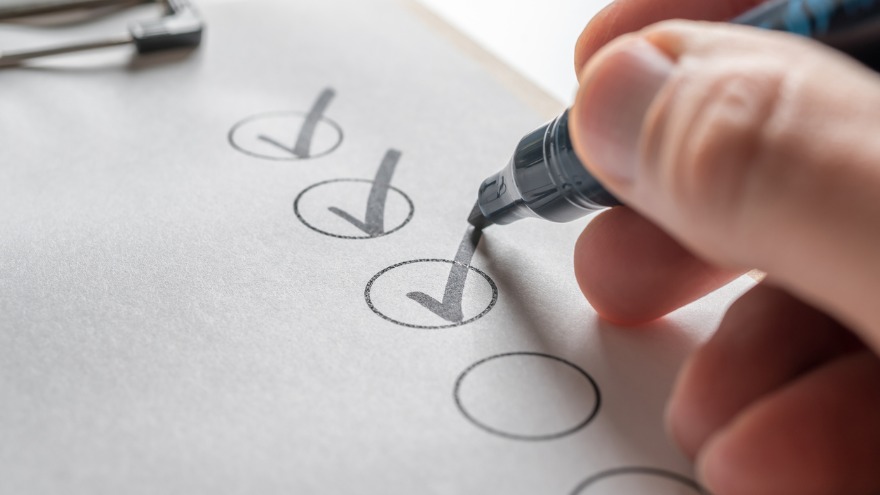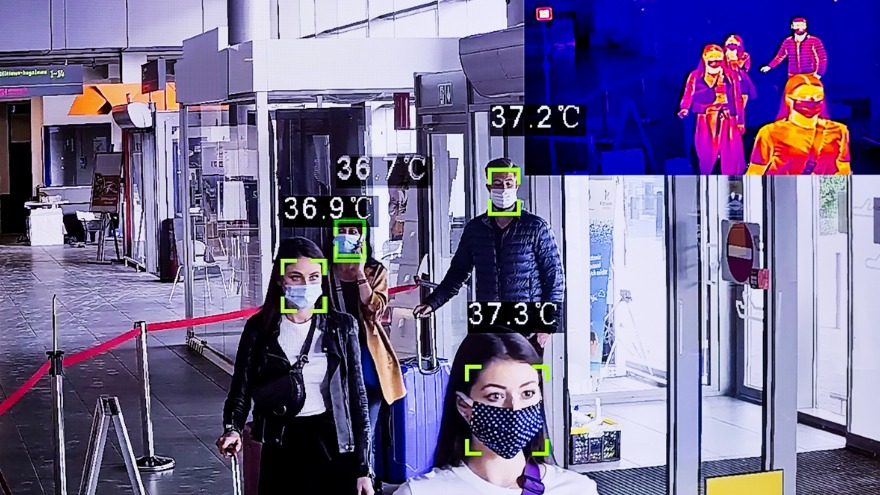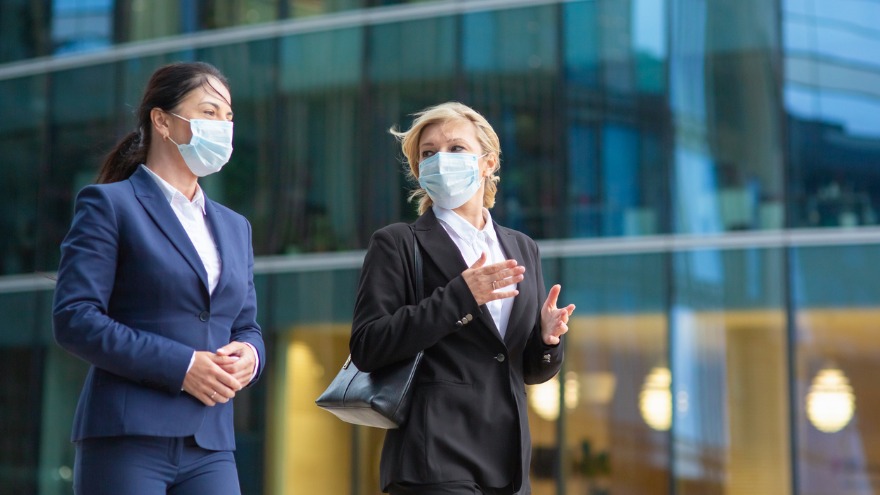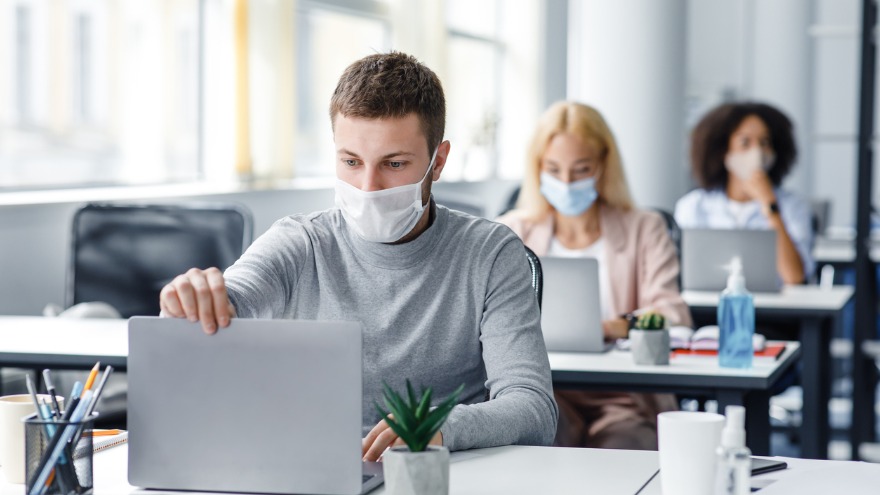Because you can never be too prepared
As if planning wasn’t complex enough, you’re well aware Covid-19 has further amped up need for prep and safety checks. CDC now offers a tool for just that.
View the CDC Readiness and Planning tool here.
Divided into stages of the event-planning process, the toolkit provides readiness checks on policies and procedures, facilities and supplies, education and training, communication and messaging, and action planning.
While the CDC’s tool is more exhaustive, here’s a precis. How prepared are you?
General Readiness Assessment

When making initial preparation, a checklist addresses attendee health before the event and the safety of the meeting environment.
Policies and Procedures
- Review local and state policies and orders about events, gatherings and travel.
- Develop a plan for daily health checks: temperature screening or symptom checking for staff and attendees.
- Develop a flexible refund policy.
- Designate a person responsible for responding to Covid-19-related situations.
Facilities and Supplies
- Make sure ventilation systems work properly. Increase circulation of outdoor air.
- Develop a plan to use multiple entrances and exits to discourage crowding.
- Purchase adequate supplies to minimize sharing of materials. Clean and disinfect between use.
Communication and Messaging
- Post signs in visible locations displaying protective measures and how to stop germ spread.
- Develop signs in alternative forms, such as large print, braille and ASL.
- Create plan for communicating with staff and attendees about contacts for concerns related to Covid-19.
Preparation If Someone Gets Sick

If someone does get sick, CDC lays out what to do—before, during and after.
Before Someone Gets Sick
- Develop systems for staff and attendees to report if they have symptoms of, test positive for, or were exposed to someone with Covid-19 in the previous two weeks.
- Create an isolation room to separate anyone who displays symptoms or tests positive but does not have symptoms.
- Develop procedures for safely transporting the sick home or a health-care facility.
When Someone Gets Sick
After removing a sick individual, close off areas used by the sick person, and don’t use these areas until they’ve been thoroughly cleaned and disinfected.
After Someone Gets Sick
- Notify local health officials, staff and family members of person with Covid-19, maintaining the person’s confidentiality.
- Advise those who’ve had close contact with Covid-19 sufferer to stay isolated and self-monitor for symptoms.
- Close off area. If unable to wait the recommended 24 hours, wait as long as possible before cleaning and disinfecting.
Daily/Weekly Readiness Assessment

These checkpoints apply throughout the event.
Policies and Procedures
- Maintain contact with local health officials for up-to-date guidance.
- Make sure staff and attendees have received communication about all safety protocols and policies.
- Ensure regular announcements on reducing the spread of Covid-19 throughout the event.
- Review local/state regulatory policies for updates.
Facilities and Supplies
- Ensure sufficient ventilation when disinfectants are used to prevent inhaling of toxic fumes.
- Ensure all physical guides to promote social distancing, such as wall signs, are easily seen.
- Make sure outdoor air is circulated as much as possible throughout the event.
Education and Training
- Ensure staff has reviewed policies on flexible work and leave to encourage sick staff members to stay home without fear of job loss.
- Ensure instruction on proper use of cloth face coverings is easily seen or heard by staff and attendees; for example, that masks should not be placed on children younger than two or anyone who has trouble breathing.
- Ensure all staff has been trained on relevant Covid-19 safety protocols.
Communication and Messaging
- Signs placed in highly visible locations should promote everyday protective measures at entrances, dining areas and restrooms.
- Make sure staff and attendees know who is responsible for responding to Covid-19 concerns.
Promote healthy eating, exercising, adequate sleep and finding time to unwind.
End-of-Day Actions
- Meet with emergency operations coordinator or planning team(s) to discuss lessons learned.
- Determine ways to improve processes for future events.
- Update plans regularly according to state and local regulations.




